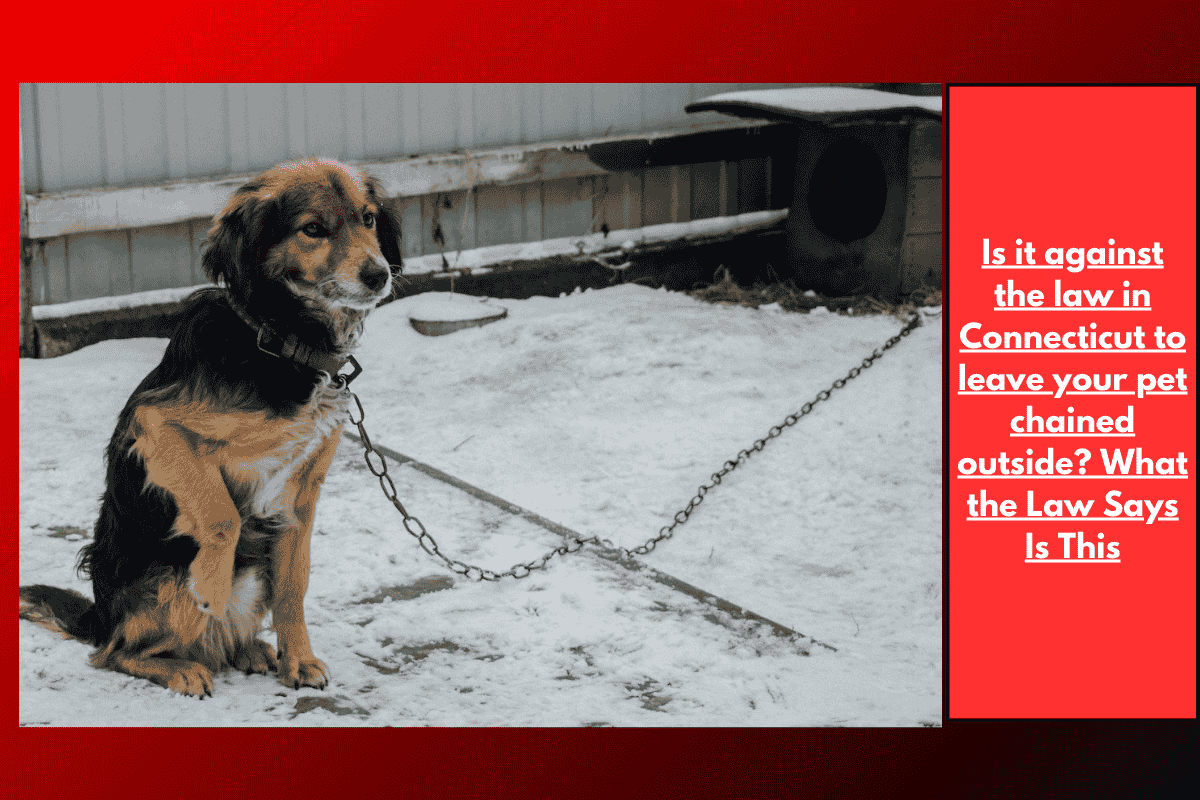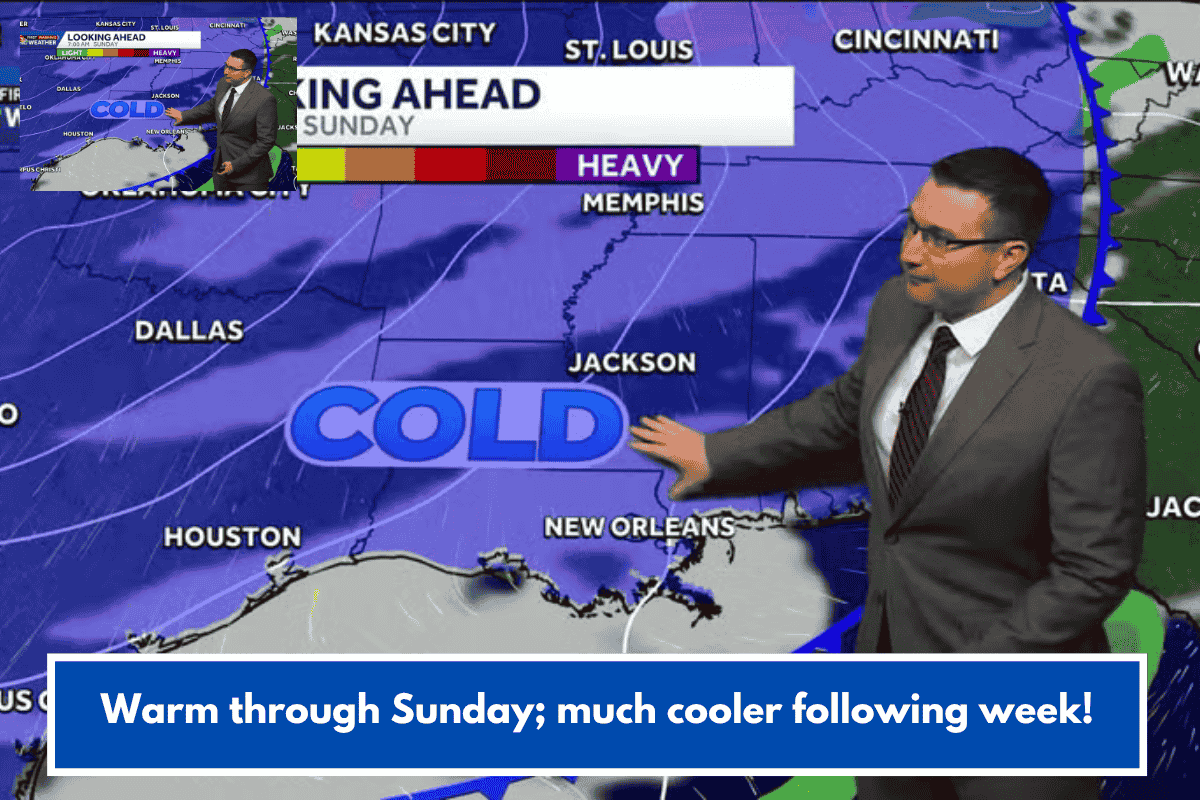Leaving a pet chained outside is a practice that has raised serious concerns about animal welfare in many states, including Connecticut. To protect animals from harm and suffering, Connecticut has specific laws regarding the treatment of pets, particularly in how they are kept outside. In this guide, we’ll break down what the law says about leaving pets chained outside in Connecticut.
Connecticut’s Animal Welfare Laws
In Connecticut, animal welfare laws are designed to ensure pets are treated humanely, and this includes protecting them from harsh conditions like being left outside for extended periods, especially if they are chained or tethered.
The state’s animal cruelty laws, which fall under Section 53-247 of the Connecticut General Statutes, require that animals be provided with proper food, water, shelter, and care. Pets left outside, particularly when they are tethered, can face significant risk, such as exposure to extreme weather, lack of shelter, and the inability to move freely.
What the Law Says About Chaining Pets Outside
While it is not explicitly illegal to chain a pet outside in Connecticut, there are rules that help ensure this practice does not cause harm to the animal. The law provides guidelines on how long a pet can be left chained and under what conditions:
Time Limits for Chaining: Connecticut law requires that a pet be given an adequate amount of time for exercise and movement. It’s considered inhumane to leave a pet chained outside for long periods without the ability to move freely or access shelter.
Proper Shelter: If a pet is left outside, the law mandates that it must have access to proper shelter. This means providing the animal with a space that protects it from extreme weather conditions, such as rain, snow, or intense heat. The shelter should be sturdy and comfortable, allowing the animal to stay safe and protected from the elements.
Weather Conditions: Leaving an animal outside in dangerous weather conditions such as extreme cold, heat, or storms is considered a violation of the law. If an animal is tethered outside and exposed to these harsh conditions, it could be seen as animal cruelty.
Regular Inspection: Pet owners are required to regularly inspect and care for their pets when kept outside. The animal must have access to food, water, and proper care. Failure to do so could result in charges of neglect.
Penalties for Violating Animal Cruelty Laws
If someone is found guilty of violating animal cruelty laws by leaving their pet chained outside in unsafe conditions, they could face legal consequences. Penalties for animal cruelty in Connecticut can include:
Fines: The fine for violating animal cruelty laws in Connecticut can range from $1,000 to $5,000.
Imprisonment: Those convicted of animal cruelty may also face up to one year in prison.
Seizure of the Animal: In some cases, the animal may be seized and placed in a safer environment if it is found to be in immediate danger.
Why the Law Exists
The law about chaining pets outside in Connecticut is rooted in the principle of protecting animals from harm. When pets are chained outside without proper care or attention, they can suffer from a range of issues, including physical injury, dehydration, malnutrition, and extreme stress. The law is designed to ensure that pets are treated with dignity and respect, and are not left in environments where they can be harmed.
While it is not outright illegal to chain a pet outside in Connecticut, the law does place strict regulations on how this should be done. Pet owners must ensure their animals are not left in unsafe conditions, with proper shelter, food, water, and care provided. Violating these rules can lead to serious consequences, including fines, imprisonment, and the removal of the animal from its owner’s care.
It’s always best for pet owners to avoid chaining their pets for extended periods and consider other alternatives that ensure their pets’ safety and well-being.
SOURCES
[1] https://www.animallaw.info/topic/table-state-dog-tether-laws
[2] https://law.justia.com/codes/connecticut/title-22/chapter-435/section-22-350a/
[3] https://woodburyct.org/index.asp?SEC=D0880F65-03E1-485F-B414-1A9FED9263C4&DE=93EF5F15-D43B-4EA2-A625-AB8AF67BDBE2
[4] https://www.cga.ct.gov/2022/act/Pa/pdf/2022PA-00059-R00HB-05170-PA.PDF
[5] https://www.peta.org/issues/animal-companion-issues/ordinances/connecticut/stamford-connecticut/














